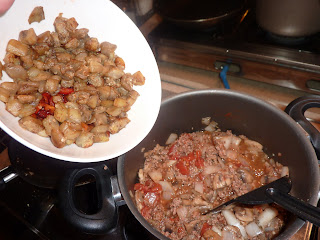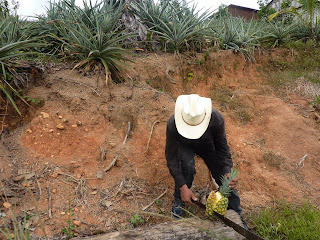
It was an amazing contrast from the El Remanso, the beach we had visited earlier in the day. El Remanso was full of beginning surfers and pickup trucks. La Flor was alive with birds (pelicans, frigates and more), whereas I don't recall a single bird at the more developed El Remanso.

We stayed to watch the sun recede below the horizon.

The team managing the refuge is running a project to hatch over 1,000 turtles per day. Below is one! Of these 1,000 babies, probably only 10 will become mature enough to reproduce (a mere 1%). Poaching and natural predators account for this staggering statistic.


































